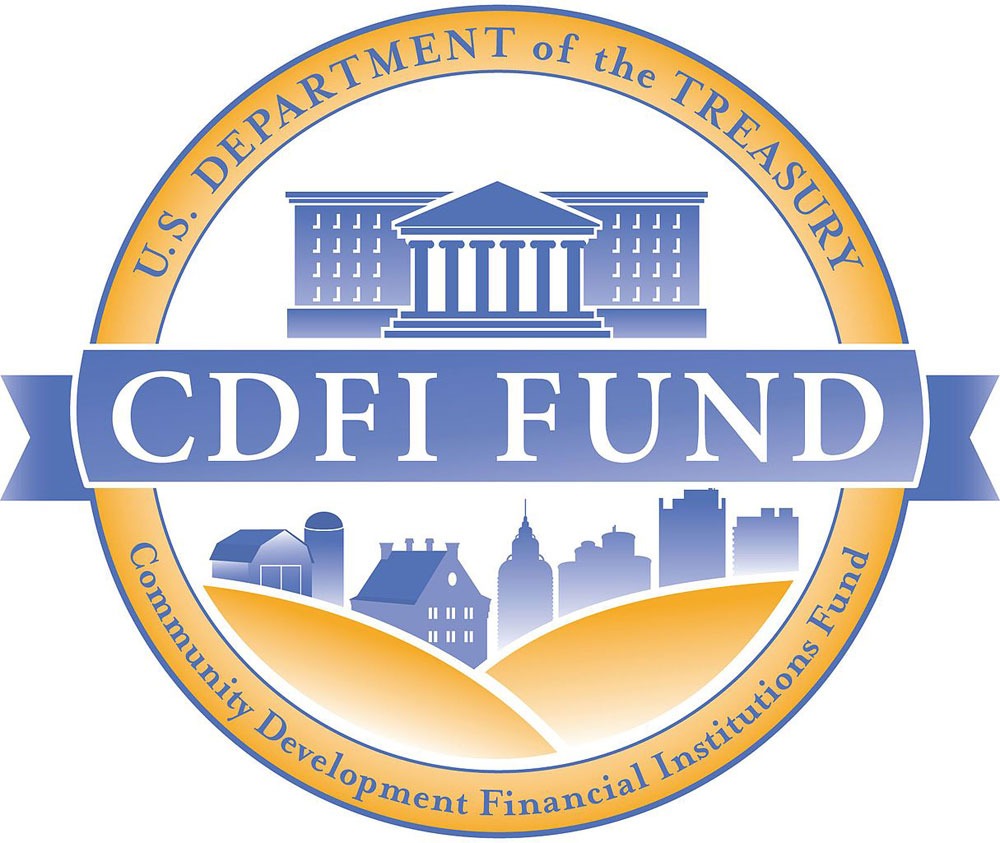
February 14, 2020; Shelterforce
For over 30 years, Cliff Rosenthal led the National Federation of Community Development Credit Unions (now Inclusiv), where he participated in the coalition that led to the creation of the federal CDFI (Community Development Financial Institutions) Fund in 1994.
Not long ago, Rosenthal, who NPQ interviewed last year, authored a history of the CDFI movement, called Democratizing Finance. Rosenthal is proud of the work that CDFIs have achieved, but, at the same time, he finds the movement wanting in some key areas. As Rosenthal writes in Shelterforce:
CDFIs have only moved us halfway toward financial democracy. They have indeed broadened access to capital for poor and financially excluded communities. But they have not, with certain exceptions, transferred control over capital to those communities. Neither have they transformed or challenged the mainstream banking system.
Access, but not control. The distinction is critical for those who, like Rosenthal, see in CDFIs potential agents of economic democracy.
How have CDFIs expanded access? The CDFI Fund has provided $2 billion in equity to support CDFIs over the past two decades. It has launched the Healthy Foods Financing Initiative. CDFIs have financed affordable housing, primary care clinics, community facilities, small business loans, and personal financial services for low-income households. The CDFI movement has, says Rosenthal, democratized access to capital “in a valuable, but limited, way.”
What have been the challenges? One is that, like many grant programs, small CDFIs that serve the neediest communities tend to “lose out to more sophisticated, higher-capacity, primarily urban and white-led organizations.” Then, there was the failure of the CDFI Fund to value the “degree to which [applicants] were community-owned or governed.” This requirement exists by statute, but typically nonprofit loan funds—which have received the bulk of federal grants and bank investment—have governing bodies that fail to include low-income communities. As Rosenthal explains, community members typically are placed on non-voting advisory boards, even as “private-sector funders and investors may sit on the boards or at least indirectly influence the loan funds by their covenants, benchmarks, and grant requirements.”
There are, Rosenthal adds, two types of CDFIs that are “community owned or governed.” For example, community development credit unions, because they are cooperatives, are member-owned and -controlled. “However, for the first two decades of the CDFI Fund, credit unions obtained a very minor share of CDFI Fund investments—in a particularly bad year, less than 10 percent of total funding,” Rosenthal says. (The number has increased in recent years).
Native American tribal and related entities are the second type of CDFI that Rosenthal identifies that are owned by the communities they serve. Rosenthal emphasizes that they “are an important example because these CDFIs can contribute to the drive for Native sovereignty and self-determination.” They are, Rosenthal adds, “a hallmark success of the CDFI Fund.”
Sign up for our free newsletters
Subscribe to NPQ's newsletters to have our top stories delivered directly to your inbox.
By signing up, you agree to our privacy policy and terms of use, and to receive messages from NPQ and our partners.
But when impact investors engage with CDFIs, they mostly do so with the nonprofit loan funds, who have improved the physical and social infrastructure of low-income communities but are rarely democratic in their governance or ownership structure. Nor, adds Rosenthal pointedly, “are they in the business of transforming the banking and financial system.”
Rosenthal notes that in How the Other Half Banks, Mehrsa Baradaran observed in 2015 that, “The [CDFI Act] was not intended to change the business of banking to meet the needs of the poor but to fit the needs of the poor into the business of banking.” He adds that the dependence of CDFIs on bank financing raises another issue: “Is there a ‘Sackler problem’ when a bank (e.g., Wells Fargo) that has harmed millions of its consumers is also a major funder of CDFIs?”
What can be done? First, Rosenthal argues that CDFI Fund should reprioritize organizations that are community owned or governed, such as the San José Co-op and the Cidreña Co-op in Puerto Rico and credit unions like Stepping Stones Community Federal Credit Union.
Second, he suggests CDFIs adopt codes of fundraising ethics. “What if CDFIs were to adopt policies specifying that they will not accept funding from financial institutions engaged in predatory practices, nor will they provide seats at the governing boards to such institutions?” Rosenthal asks.
Third, CDFI governing boards—not advisory boards—should include representatives of grassroots community organizations.
Fourth, CDFIs should retool their investment portfolios to invest more heavily in start-ups in communities of color and other relatively high-risk enterprises.
Fifth, credit unions, which were founded to serve the unbanked and excluded, need to return to that mission rather than focus on safe “A-rated borrowers.”
Lastly, in terms of policy, Rosenthal advocates an agenda focused on:
- opposing the hyper-concentration of financial power
- resisting efforts of these institutions and their allies to roll back regulation
- supporting federal and state policies to eliminate predatory lending practices
- defending pro-consumer regulation and specifically, the Consumer Financial Protection Bureau (CFPB).
“CDFIs,” notes Rosenthal, “have made remarkable strides in institution building.” He adds, “As a field with roots in civil rights and anti-poverty movements, it is time to reinvigorate their role as fighters for equity and equality.”—Steve Dubb













